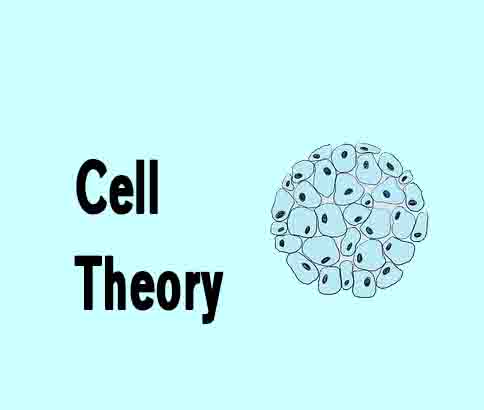Modern biology has called into question some of the tenets of cell theory, but they still serve as a good general model. Below we discuss the three tenets of cell theory.
1. All organisms are made of cells
Life consists of cells, which are the smallest units. A cell is made up of a membrane of semi-permeable phospholipids wrapped around cytosol or a solution of water and dissolved solutes. In order for cells to produce the molecules necessary to obtain energy, DNA holds the necessary information.
Energy is obtained by all organisms to grow and reproduce, regardless of how they obtain it. The first tenet of the cell theory is mostly true, but viruses posed complications. Cells and membranes are not present in viruses, although they reproduce using DNA or RNA.
Host cells are commonly used by viruses to replicate. It appears that the virus is alive, but does not produce its own cells. Since viruses are not living, cell theory is not violated, according to some scientists.
2. Cells are the most fundamental unit of life
Organisms can be simple cells that contain all the components needed for metabolism, or they can be complex. In more complex organisms, metabolic tasks are divided into separate tissues, which are groups of cells. The tissues are separated from each other by membranes. A group of tissues is called an organ.
An organism, or individual creature, is composed of a group of organs that work together. Cells are distinct from one another and function independently while contributing to the output of the organism as a whole. Since advances in science have revealed many different organelles within cells, modern cell theory is a bit more complicated.
Cells of eukaryotes contain these organelles within their membranes, which serve different functions. Scientists have argued over whether these are more fundamental units, or whether they could not function without cells, like an organ outside an organism.
3. Cells come from other cells
It is believed that no cell on Earth has ever arisen spontaneously. The process of cell division results in the formation of all cells. DNA and other important components of a cell are replicated when the cell is large enough. Those components can then be divided into two daughter cells, which are identical.
Various variations in DNA can affect how cells function, resulting in their dividing at different rates based on how they function. More DNA will be passed on by the cell that reproduces more than the other. All cells and organisms are designed to reproduce DNA.
It has yet to be proven that the third tenet of the cell theory is false.
Although some scientists are trying, no scientist has ever created a functioning cell without replicating another cell. Their success would prove how life evolved if they were successful. The first cell is thought to have been created when a self-replicating molecule mutated, developing the ability to produce a membrane.
All life since then has used the same basic template because the cell was such a successful form of life.

